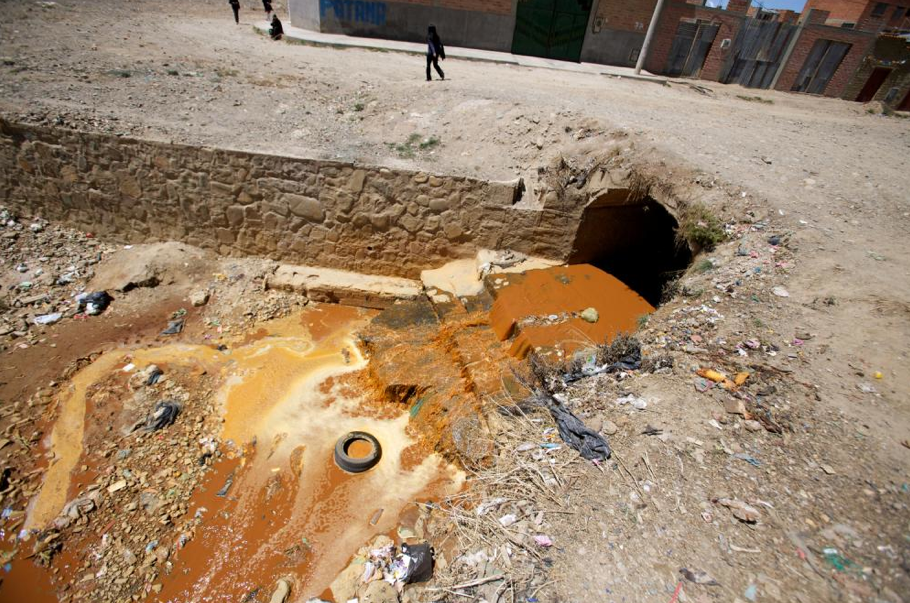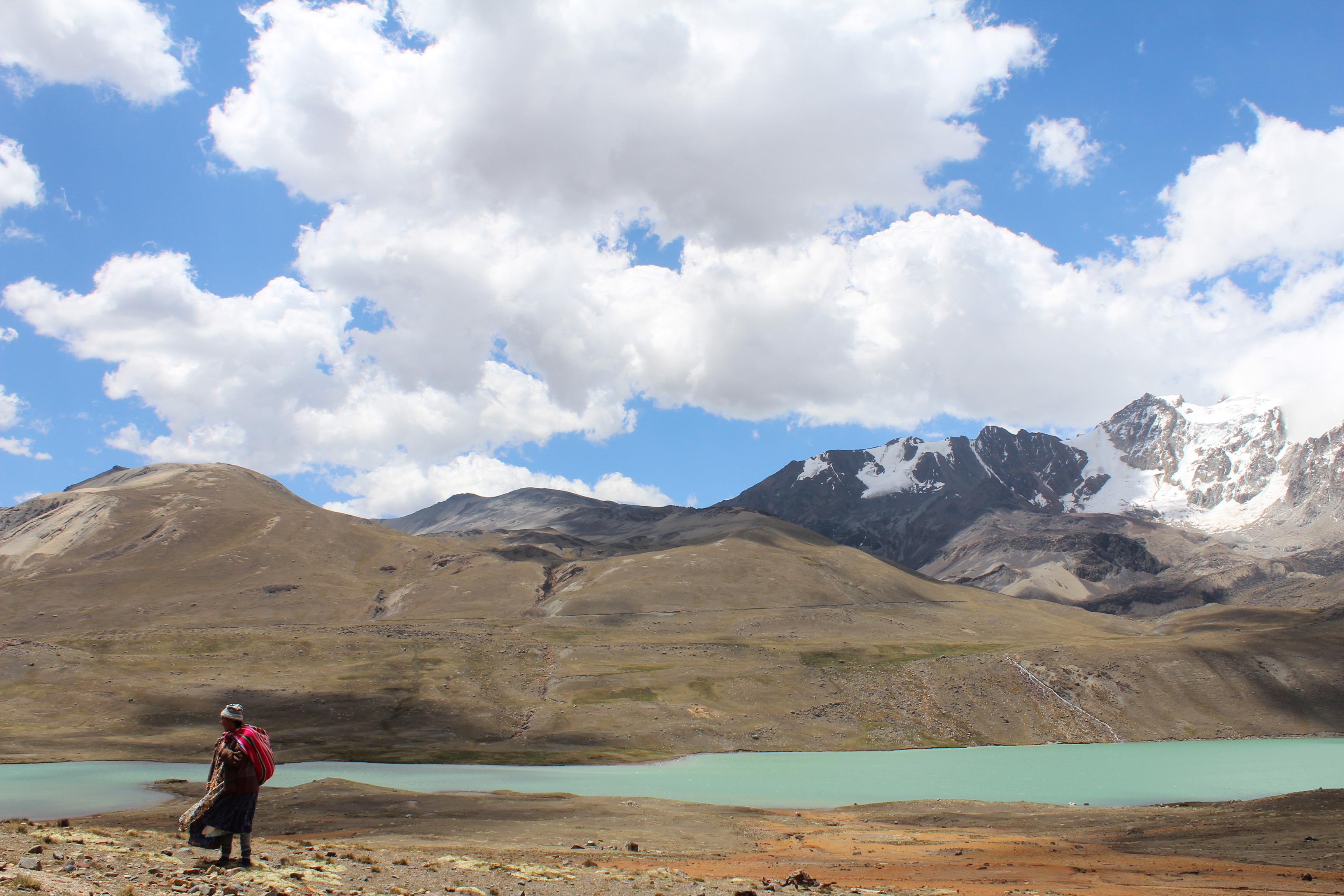
Pulitzer Center grantees Noah Friedman-Rudovsky and Sara Shahriari report from Bolivia on Lake Titicaca, documenting the contamination and environmental destruction of South America's most important lake.
The contamination stems from upstream urban pollution, largely resulting from the migration of Bolivian people from the countryside to the city of El Alto. The influx overwhelms the city's infrastructure, causing waste management problems and severe health risks, in addition to sending pollution downstream to unsuspecting communities and, ultimately, Lake Titicaca.






